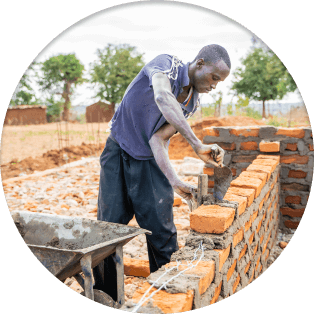My family depends on me. I wake up every morning and go to work to place food on the table, since my parents have no work.
At a macro-level, national data shows that from 2015-2019, Kenya achieved ‘broad-based’ economic growth.9 And, despite the shock of the Covid-19 pandemic, current projections put GDP growth for 2023-2024 at 5.2%.10 The same trends are echoed by reports that the proportion of people living in extreme poverty has fallen from 37% in 2015 to 34% in 2019.11
However, most young Kenyans tell a different story. Firstly because, in real terms, the actual number of people living in poverty in Kenya has increased from 17.8m to 18.9m between 2015 and 2021.12 That’s a further 1.1 million people pushed under the poverty line in just six years.
Kenya’s households were being pushed into poverty long before the pandemic
Our research shows that young people began to report a fall in average earnings, and a rise in the cost of basics like food and fuel, back in 2018 (when economic growth contracted from 5.6% in 2018 to 5.2% in 2019) – a trend that continued throughout the pandemic.16
Over the last four years, as earnings have stagnated or shrunk and the cost of living has continued to rise and rise, the pressure on households across the country has continued to mount. That pressure has fallen on young people.
The big trend: A generation-defining shift as 100% of 15-24-year-olds have to earn money
Faced with increasing financial insecurity, an entire generation has had to step up to help their families and households stay afloat. Today, 100% of 15-24-year-olds in Kenya report that they’re having to earn some money to help cover or supplement their costs, up from just 47% in 2016. For many young people, this is the defining characteristic of their generation: while young people in the past could rely on their parents, they have to look out for themselves.
This generation has had to adapt to find solutions to economic instability.17 And they are finding those solutions in the informal economy.
Girls are carrying the biggest burden18
The impacts of economic instability aren’t equal
While 100% of girls report that they have to earn money, our research shows they’re earning an average of 20% less than their male counterparts, and are eight times more likely to have to do unpaid domestic labour. While many 15-18-year-olds are staying at school and earning money, only 8 in 10 girls are in full-time education, compared to 9 in 10 boys.
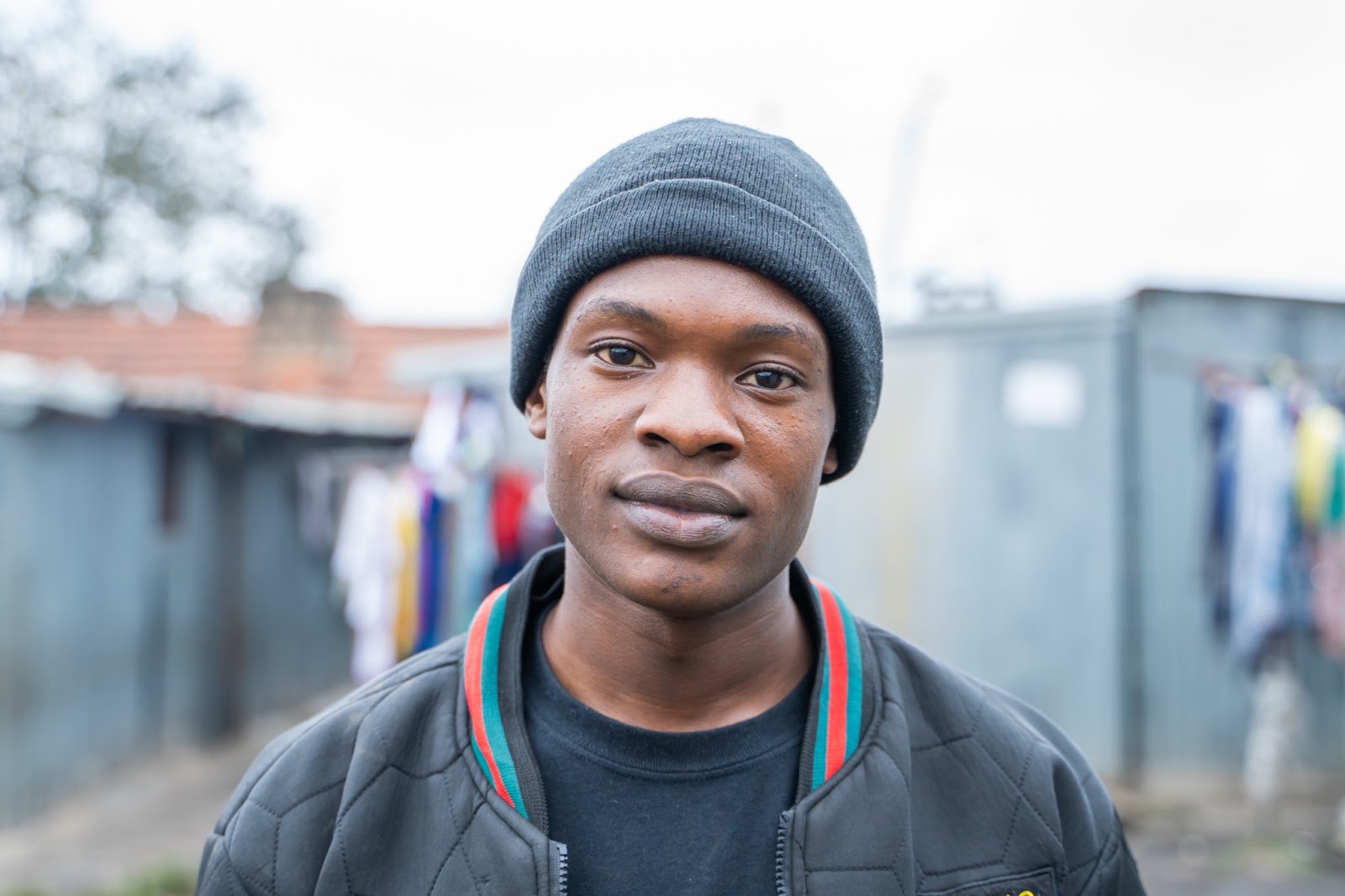
Informal is the only normal:
95% of young Kenyans work in the informal sector
Note: The annual survey did not go ahead in 2020, due to Covid-19 restrictions.
According to the World Bank, nearly a million young people will enter the job market in Kenya next year.19 Yet Shujaaz Inc research shows that just 5% of 15-24-year-olds ever find work in the formal sector. Instead, 95% of young people are finding work in Kenya’s vibrant informal economy. One thing is clear: for this generation, informal is the new normal.

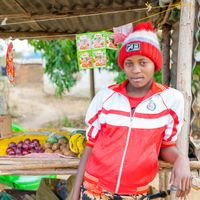


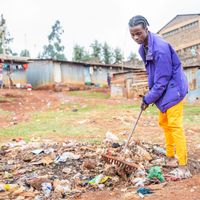

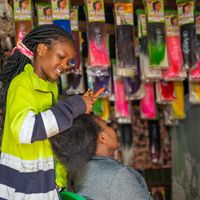

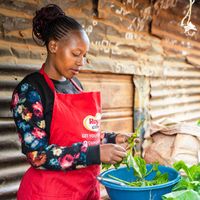
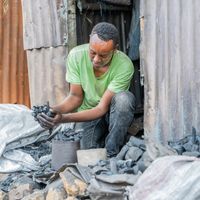



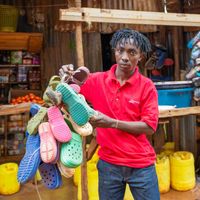
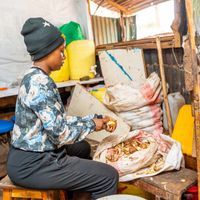

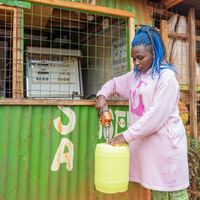



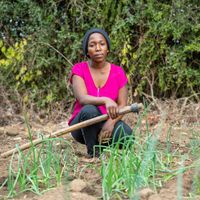

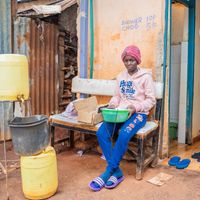

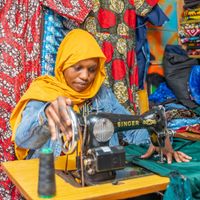
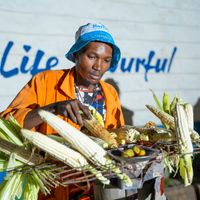

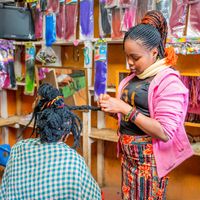
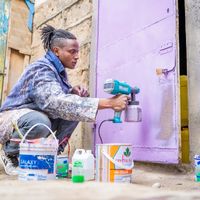

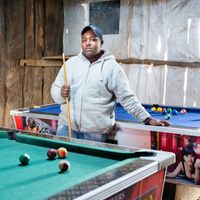
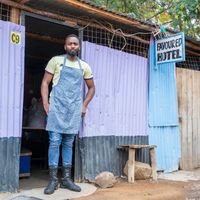
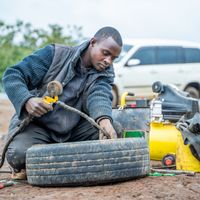
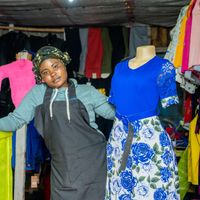
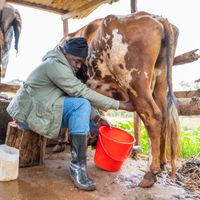

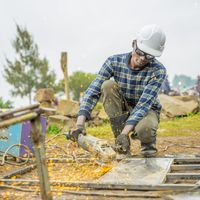


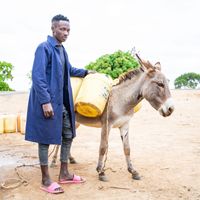
According to our survey, young people working and earning in the informal economy roughly sit within four groups. Some are the students, who have to find occasional work to help cover costs at home, others have had to drop out of formal education and are struggling to get by. But another crucial segment is thriving – they’re fully-fledged entrepreneurs, running their own businesses that give them financial independence and security.
The breakdown: How young Kenyans are earning and working20
3 in 4 are full-time high-school and college students.
Occasional odd jobs for local informal businesses, fitted around school hours, as and when they need to.
School students who’ve had to look for work following the economic downturn. Caregivers are still responsible for big costs like rent, but when things get tough, they have to find odd jobs to help out.
This generation is working hard to navigate an unstable economic climate – these 11.6m ‘Occasional earners’, ‘Survival-mode hustlas’, ‘Start-up hustlas’ and ‘Full-time entrepreneurs’ are adding $539m every month to the economy.21 But young Kenyans feel like they’re doing it alone.
It doesn’t have to be like that. Struggling ‘Survival mode’ and ‘Start-up’ hustlas are often only a few steps away from becoming successful ‘Full-time entrepreneurs’ with a steady income. We have found that small interventions – like hearing inspiring role-model stories or tips and advice, taking part in peer-to-peer skills training, or accessing a micro-loan – can be all the boost they need to take their hustle full time.
And when this happens, good things follow. Our research shows that ‘Start-up hustlas’ and ‘Full-time entrepreneurs’ are on average more likely to use financial services, more likely to use contraception and more likely to vote compared to their peers.22 ‘Full-time entrepreneurs’, who earn over KES 12,000 ($103 USD) a month, also create work and income-generating opportunities for people in their communities.23 (You can find out more about the economic and social value Kenya’s micro-entrepreneurs generate in our 2019 report.)
Right now, this generation is keeping Kenya afloat. But with a few small interventions, they could be taking Kenya into a better future.
Where next: What young people need now
Young people are navigating a tough new economy – they’re asking for support to thrive, not just survive.
Here’s a summary of what young people are asking for and (since we don’t believe in talking about problems without solutions) a quick summary of what we’re doing about it.
9 The World Bank in Kenya (April 14, 2022) Kenya Overview: Development news, research, data | World Bank.
10 The World Bank (December 8, 2022) Kenya’s Economic Recovery Remains Strong, Although Slowed by Drought and Inflation
11 The World Bank (2020) Kenya: Selected Indicators (Source: MFMOD Database, World Bank WDI and GEM databases, IMF).
12 Ibid.
13 Shujaaz Inc nationally-representative survey of Kenyan youth 15-24 years old Wave 1 (N=2,011), January 2016 vs. Wave 6 (N=2,006), November 2021-January 2022.
14 Reported inflation of consumer prices was on average 6.07% in 2015-2021, however, the value of the currency reduced by 11.4% vs USD ($1=98.2KES in 2015 vs $1=109.4KES in 2021). Reference: The World Bank (2020) Kenya: Selected Indicators (Source: MFMOD Database, World Bank WDI and GEM databases, IMF).
15 Ibid.
16 The World Bank (2020) Kenya: Selected Indicators (Source: MFMOD Database, World Bank WDI and GEM databases, IMF).
17 The Standard (August 15, 2022) Global shocks push more than 1.4 million Kenyans into poverty.
18 Shujaaz Inc nationally-representative survey of Kenyan youth 15-24 years old Wave 1 (N=2,011), January 2016; Wave 2 (N=2,923), January-May 2017; Wave 3 (N=2,020), February-March 2018; Wave 4 (N=2,020), April-May 2019; Wave 5 (N=2,015), November 2020 -January 2021; Wave 6 (N=2,006), November 2021-January 2022.
19 The World Bank (June 27, 2019) Kenya Social Protection and Jobs Programs Public Expenditure Review 6/27/2019.
20 Shujaaz Inc nationally-representative survey of Kenyan youth 15-24 years old Wave 1 (N=2,011), January 2016; Wave 2 (N=2,923), January-May 2017; Wave 3 (N=2,020), February-March 2018; Wave 4 (N=2,020), April-May 2019; Wave 5 (N=2,015), November 2020-January 2021; Wave 6 (N=2,006), November 202-January 2022
21 The calculations are based on the Population Pyramid and Shujaaz Inc nationally-representative survey of youth Wave 6 (N=2,006) November-December 2021: 11.6m young Kenyans are working, with an average income of 5616 KES a month. This is KES 65,145,600,000 or 539,313,292.65 USD a month in total earnings (as of September 29, 2022).
22 Shujaaz Inc (2020, Issue 1) Shujaaz Inc Compass: Navigating the Road Ahead. Meet the Heroes: Introducing Kenya’s 3m Young Micro Entrepreneurs.
23 Ibid.
